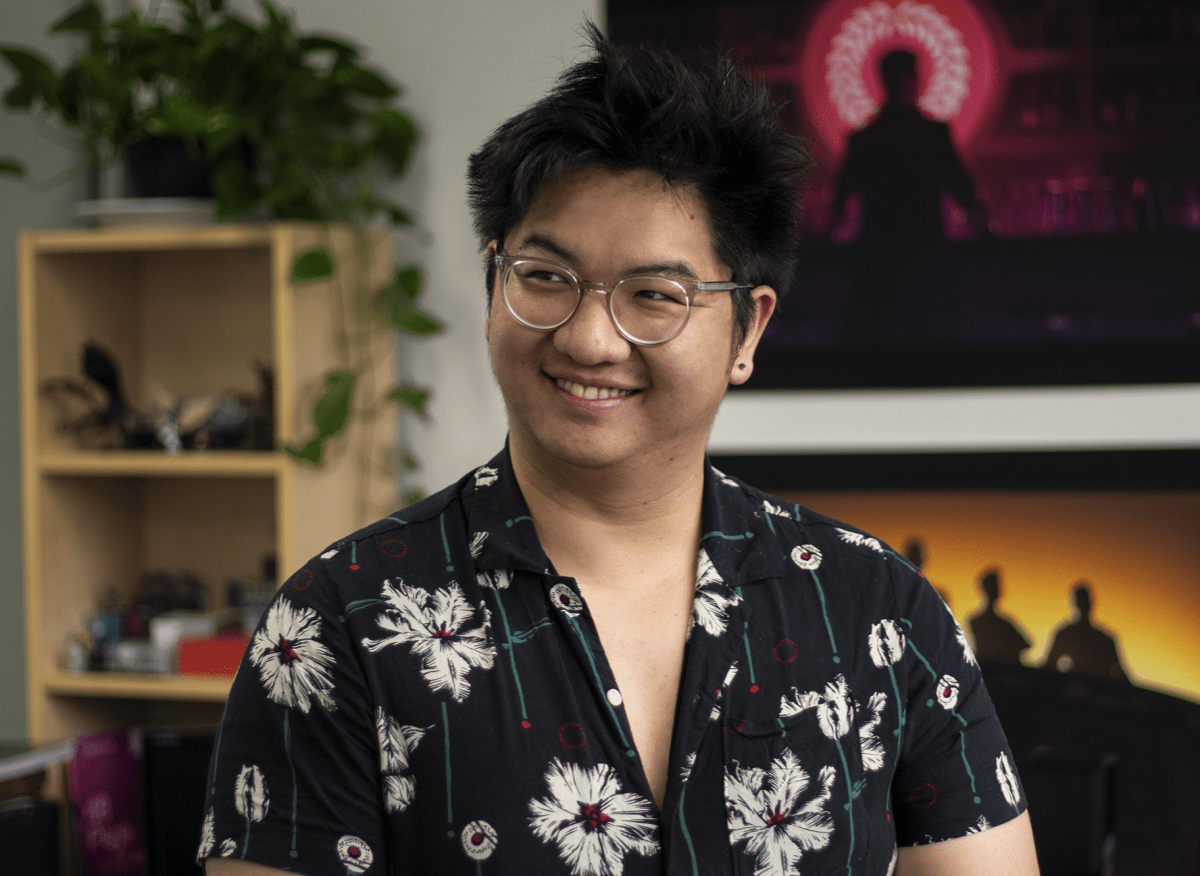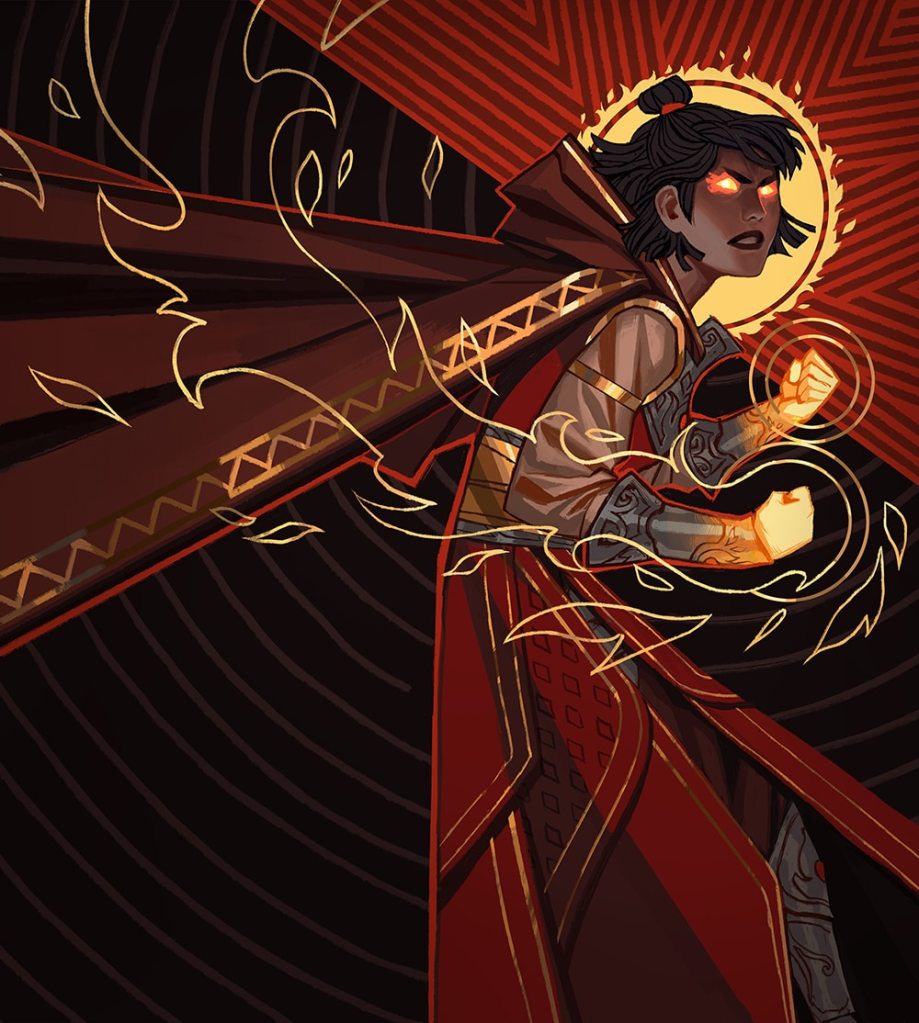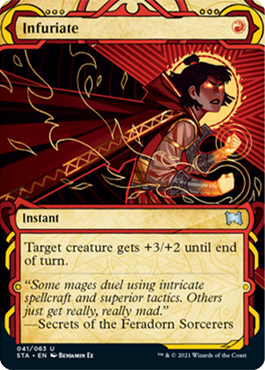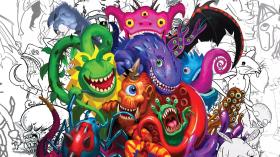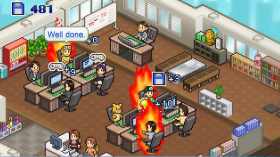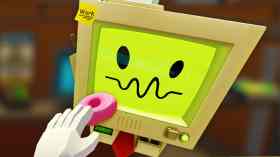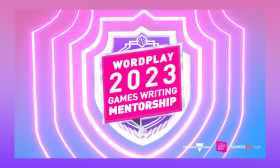Videogames are made in a myriad of different ways, by a myriad of different people with different skills. From experimental artistic games to billion dollar corporations, it takes a huge range of different skills and different people to make games as we know them!
However, the public image of what a game developer does has remained stagnant. In our new weekly column, we wanted to shed some light on what working in games looks like outside of programming and lead design roles.
READ: Your games career as a: studio manager
This week, we spoke to Benjamin Ee, the art director for Summerfall Studio’s Chorus: A Musical Adventure, about whorking as a videogame artist who specialises in 2D art.
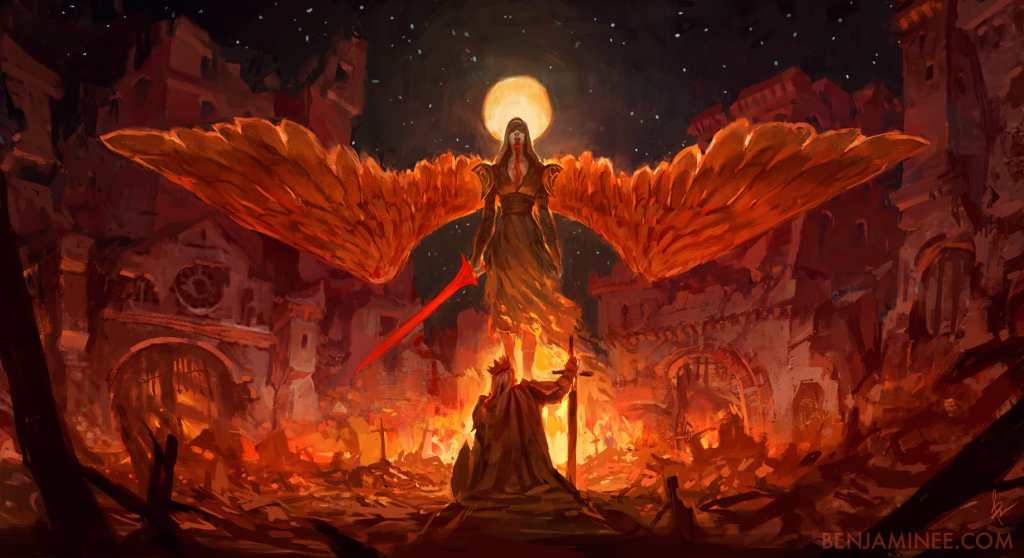
Outside of defining Chorus‘ stunning art style, Ee has worked in a wide variety of illustration and art roles, from apps to tumble commissions. Notably, his work was featured in a recent Magic: The Gathering set. The illuminated manuscript-inspired cards he designed for the Strixhaven demonstrate his flair for dark, luscious character designs, and the incredible eye for colour for which he is known.
But it’s not just his artistry that counts: Benjamin has always put a high premium on hard work and reliability. He credits the fact that could break into this competitive field on his reputation for being good to work with, as well as good at his work. We spoke to him about working as a 2D artist and illustrator in game development. This interview has been lightly edited for clarity.
GamesHub: I think when a lot of people imagine an artist working in games, they would immediately think of a 3d artist or an animator. In your own words: what does an illustrator and 2D artist working in games do?
Benjamin Ee: An Illustrator functions quite similarly outside the industry, where the primary objective is to paint pictures that fit the art brief within the deadline. The decisions on how that work interacts with the product, like the font choices on a book cover or the layout in a magazine, is usually up to others.
Honestly there are lots of paths in games that branch from Illustration skills: you could dabble in Concept Art, which focuses a lot more on design, idea generation, and early collaboration for pre-production.
Benjamin Ee
In games, depending on the team size and budgets, it’s not uncommon for Illustrators to have responsibilities beyond that primary objective. Illustration work in games usually looks like promo art, concept art, or in cases like Gwent or Ring of Pain, straight up illustrated assets. Because they’re so specialized, they’re often hired on as contractors.
READ: Simon Boxer’s personal Ring of Pain: The long road to games success
2D artists is a broader term that can sometimes encapsulate the role of an illustrator, but generally lean towards functionality in the project. UI and other 2D game assets (think The Artful Escape) is usually the playground! Since the work 2D artists may have more relevance and consequences to other team members, they’re usually more integrated in the company, and are less likely to be contractors.
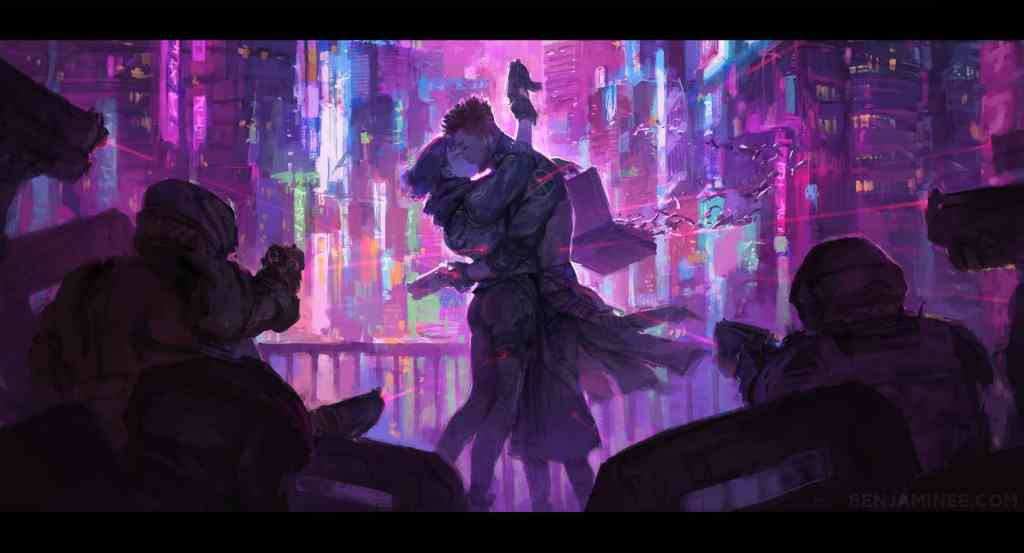
This gig requires some heavy communication, and making sure all the pieces made fit with the requirements of the project, from technical engine stuff to narrative context.
What does a career path in games look like for someone interested in illustration? What kind of opportunities are available for someone with that skillset?
Yeah! Honestly there are lots of paths in games that branch from Illustration skills: you could dabble in Concept Art, which focuses a lot more on design, idea generation, and early collaboration for pre-production. You could invest in a bit more 3D Art and work as a Texture Artist, maybe using that knowledge of colour, value, and form to create beautiful textures for our 3D teams. You could dive into functionality with UI/UX, help liven the aesthetics of systems through that sweet art knowledge, the psychology of colour and shape!
Games are constantly evolving and people are coming up with cool ideas all the time, perhaps your path hasn’t even been made yet! Maybe it’s just waiting for you to find it!
The one anchor is that I’ve always known visual arts was something I needed to do – it was only a question of how it would manifest.
Benjamin Ee
Was working in games always your goal, or has your career trajectory changed over time?
Haha, my career path has been a bit wibbly wobbly, actually! The one anchor is that I’ve always known visual arts was something I needed to do – it was only a question of how it would manifest. Sometimes I would lean into my love for videogames, obsessing over design elements of concept and promo art from my favourite games. Other times I would lean towards the narrative element of illustrations found from scouring the internet and reading my sister’s ImagineFX magazines. In the end, I managed to tipsy turvy stumble my way into the middle, and what a lovely place I’ve found for myself!
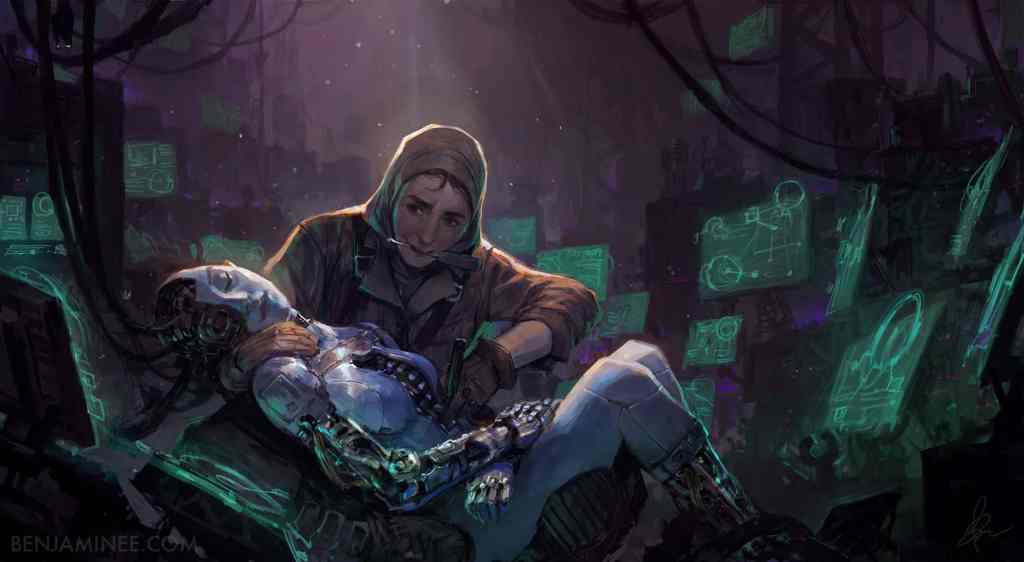
How did you get started in the games industry?
The short of it is that when I went to uni, I wasn’t just showing how good I was at what I could do, but also how good I would be to work with. That stuck with people, I think, and friend after friend reached out to me for gigs, propelling me towards where I am today. 🙂
The long version: I had a lot of luck guide me through the years. After high school I flew over to Melbourne from Perth without much planning, based on the idea that ol’ Melbs had a strong arts culture (It does, but I still don’t recommend this approach!) and a private university called Qantm College (now known as SAE.)
I was privileged to have my parents help fund my move over, and so I was going to make it all worth it by making sure I attended all my classes and tried my best at every assignment. I struggled a lot, especially learning 3D modelling, animation, and VFX in such a short timeframe. When I graduated, I struggled even more with being unemployed. I was under no illusion about the difficulty of getting into games, and so I made ends meet by fulfilling commissions on Tumblr.
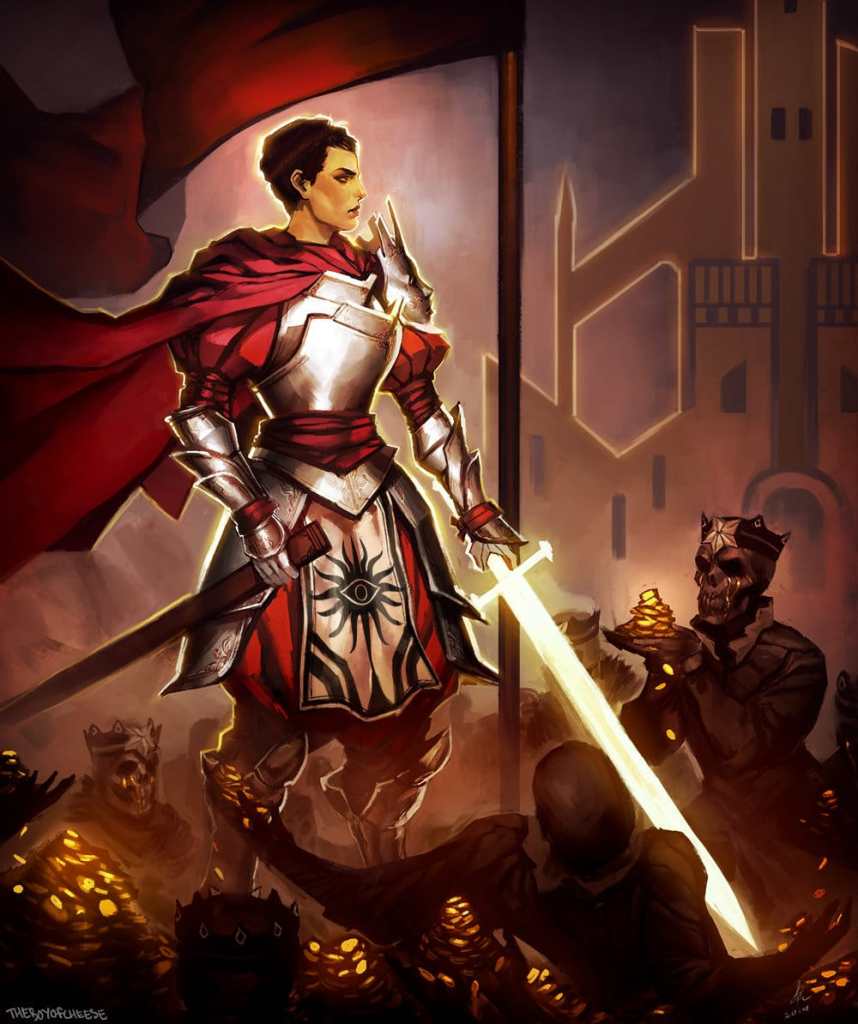
Eventually, my parents couldn’t afford to assist me anymore, and I flew back to Perth to help work at my dad’s business. It was a rough time in my life, and I felt really directionless – had it really all been for nothing? My luck changed when a friend from the ol’ uni days remembered my art and the work ethic, and recommended me for a contract gig at Appster, making little apps and mobile games. Before long I was employed as a 2D Artist.
I continued working there for a bit before another uni friend reached out to me, and I was hired as an Art Director on some small projects at Wymac gaming solutions, working on gambling products and earning enough money that I could finally plant roots in Melbourne. It seems that my reputation was building within the local games scene, and in 2018 Liam Esler called me up to see if I wanted to work at what would later be called Summerfall Studios. 😉
This is a question I go back to time and time again: is it better to show variety in your work, or specialization? My answer? Do the work you’re happy to do, because you’re going to be spending a lot of time making the art you were hired for.
Benjamin Ee
Just because I’m a nerd and want to know: how did you get started illustrating for Wizards of the Coast, and what was it like contributing to a game as iconic and long-running as Magic: The Gathering?
Haha, bless you for this question! Honestly it was a real surreal experience! Working at Summerfall, I had put a bit of a soft break on applying for Magic for a couple of years, so you can imagine my surprise when they were the ones that approached me! Turns out they had seen some very old art I made based off the companion cards in Dragon Age: Inquisition, and sought me to be on their new expansion, Strixhaven.
Turns out my paintings were a very close fit to the Illuminated Manuscript aesthetic they were aiming for. Painting for Wizards is such an honour and a huge milestone for me, personally. Watching Day9 crack open some boosters and seeing my cards among them? Priceless.
What has surprised you most about working as an artist in this industry?
Honestly, and I’m a bit ashamed to admit, I think the most surprising thing I found working in the industry was just how difficult UI/UX was. Starting my career as the sole 2D artist, I promptly made the mistake of spending too much time on this beautiful artwork, only to discover it’s nonfunctional and too flashy as a design and needed to be scrapped. Having to maximise theme and aesthetic while working on these little parts (that come in various sizes), while never getting in the way of readability, and all being modular, and also kept on a small atlas so they load real fast and- aaaargh! It’s hard work, and I salute those who can do it.
The curse of UI/UX is how great you need to be at it to not be noticed at all – people only notice when there’s a problem. Since then I’ve always silently appreciated the design in every game I’ve played since, it’s such a misunderstood profession I can’t help but pay respects!
Honestly, the best that an applicant can be is to do good work, make sure you come across as easy to work with, demonstrate good communication, and show your authentic character. Everything else is likely out of your control.
Benjamin EE
If you were hiring a 2D artist or illustrator for a game development project, what qualities would you be looking for?
Honestly, the best that an applicant can be is to do good work, make sure you come across as easy to work with, demonstrate good communication, and show your authentic character. Everything else is likely out of your control.
It was really eye-opening to be on the other side of hiring, but really seeing that despite having a brilliant portfolio showing your exceptional skill, sometimes it’s not what the studio is looking for at the time.
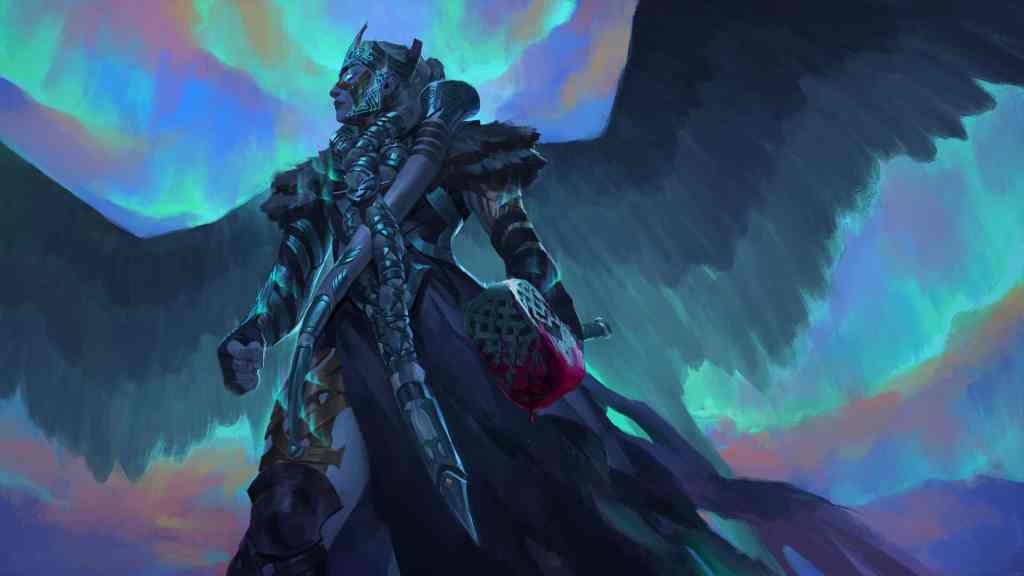
You could paint some sick hyper-real demons spewing lava and firing rocket guns, but if the company is looking for soft and gentle animal caricatures in a Disney style, you’re nowhere near the green zone. But that’s the thing, often, you don’t know what they’re looking for.
This is a question I go back to time and time again: is it better to show variety in your work, or specialization? My answer? Do the work you’re happy to do, because you’re going to be spending a lot of time making the art you were hired for.
Complete this sentence: If you love [BLANK], then you might enjoy working as a games artist.
If you love collaborating with a team to solve all sorts of visual problems in new dimensions you may have never thought about, you might enjoy working as a games artist!
What about the opposite: If you hate [BLANK] then working as a games artist might not be for you.
If you hate having work thrown away or criticised, this isn’t for you. It doesn’t always matter that something you make looks pretty, it has to serve all sorts of functions beyond that. Maybe it’s not readable enough to serve in UI, maybe the design implications complicates narrative and lore, maybe it straight up isn’t what the Creative Director has in mind! There’s a whole lot of obstacle pipes ‘n’ tunnels for your art and ideas to be bounced around in, and holding on to them too tightly may just give you and your team a really bad time.
Finally: What do you like best about your job?
Honestly it probably sounds corny as hell, but working with such an incredibly powerful and thoughtful crew has been the best thing about my job. Indulging in the creative zone pales in comparison to the joy I feel working with such talent, I’m spoilt for sure!
If you’re looking for more about the job itself, being an Art Director comes with the special privilege of watching the project visually evolve, being surprised by new visual delights by the team! Like a large robot lighting up bit by bit, waking from its slumber, to see the project come together through the work of your team is truly something to behold!
